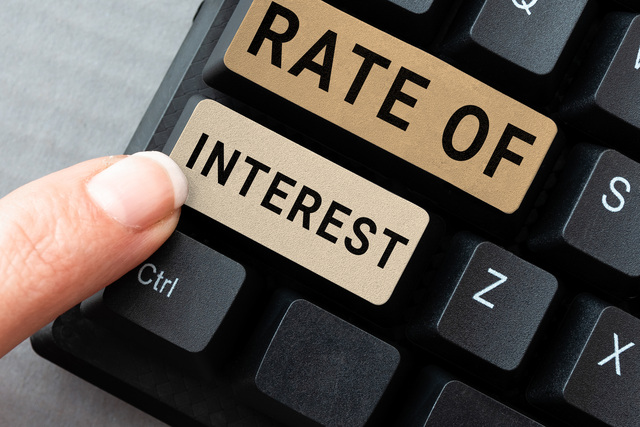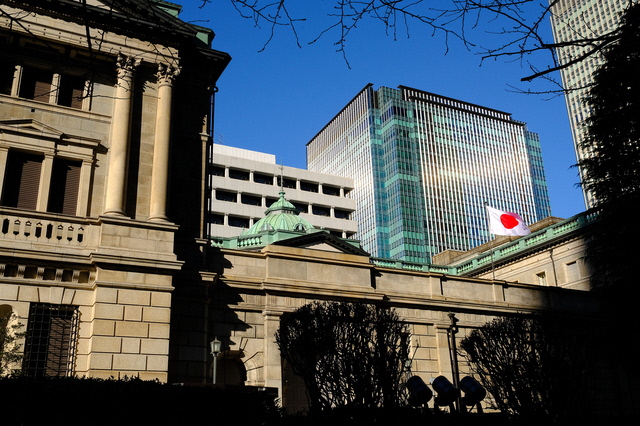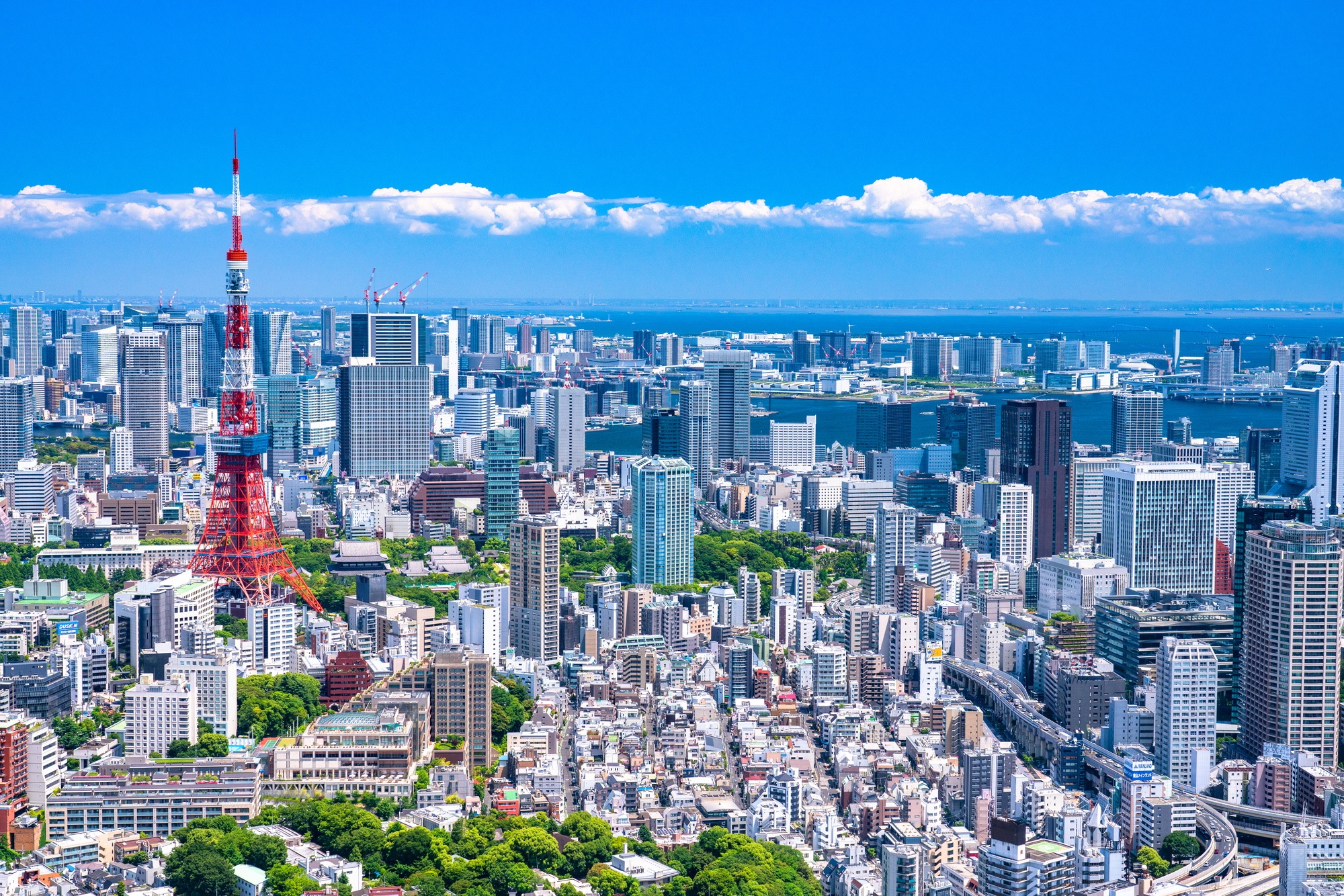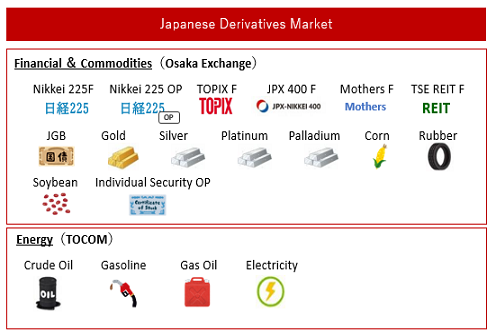OSE Derivatives
BOJ easing exit in first half still on table despite earthquake
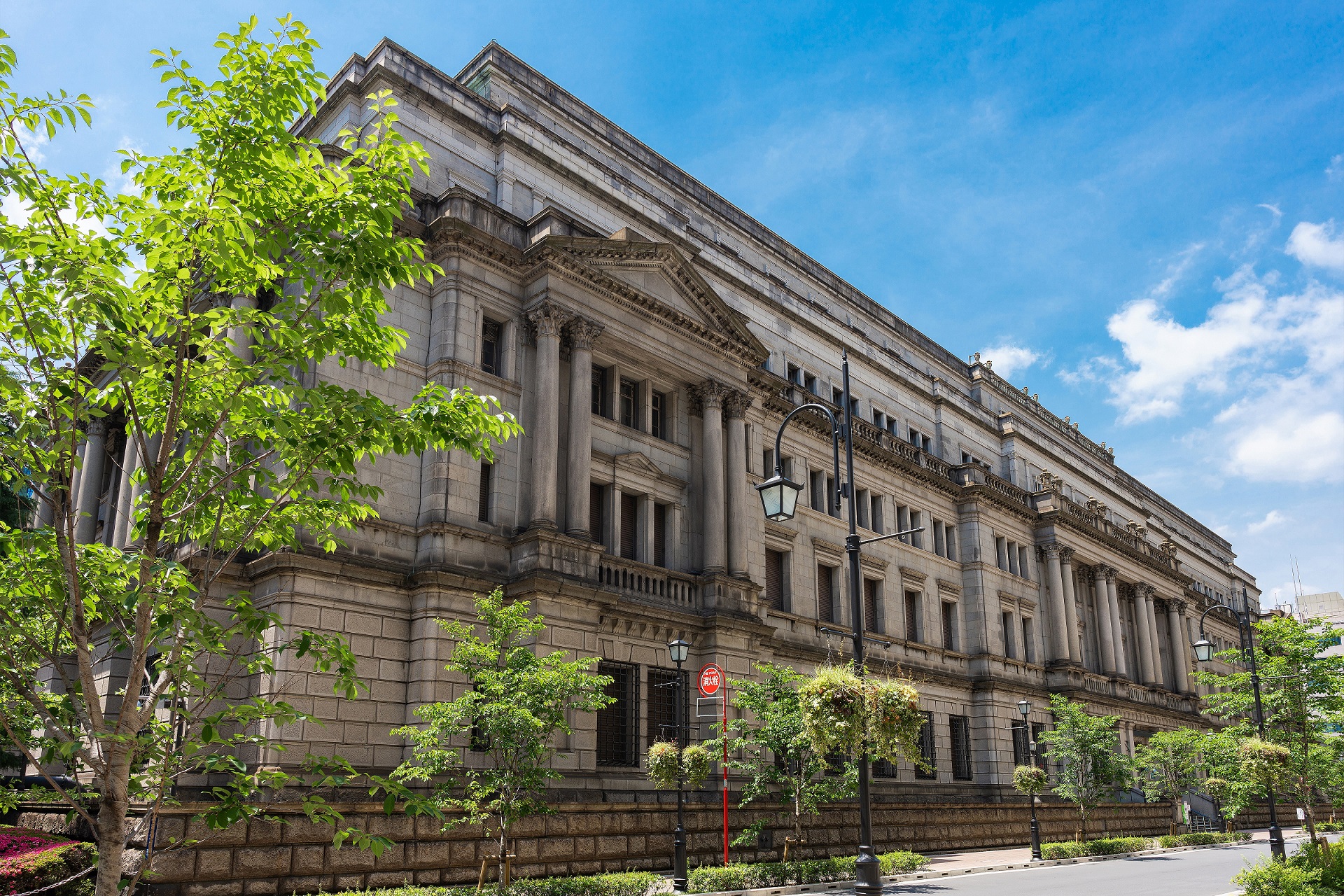
Market hopes remain high that the Bank of Japan will end its negative interest rate policy as early as the first half of the year if wages and inflation continue to look solid, though it is expected to move more cautiously on a first rate hike in 17 years.
Given the need to assess the impact of the powerful earthquake that struck Japan on Monday, investors see less of a chance that the central bank will act at a policy board meeting this month. But markets show the likelihood of an end to negative rates rising sharply around spring, with the odds of a move by April still coming in at 40% even after a drop from their earlier highs.
The BOJ intends to move to exit its decadelong monetary easing program once it sees sustained, stable 2% inflation driven by domestic demand, accompanied by wage growth.
“I hope wages and prices will rise in a balanced manner” this year, Gov. Kazuo Ueda said Thursday at a meeting of the Japanese Bankers Association.
Ueda summed up 2023 as “a year with moves toward a turning point from the long trend of low inflation and low growth,” and said he hopes to see that accelerate in 2024.
If the U.S. Federal Reserve does not make an early move to start cutting interest rates — which would narrow the gap with Japanese interest rates, putting upward pressure on the yen — the BOJ will have more time to assess the situation. Minutes from the Fed’s December meeting released Wednesday showed no in-depth discussion of a time frame for starting to lower rates.
If the yen avoids a sharp upswing, “we can thoroughly gauge domestic wages and prices,” a BOJ insider said.
The first round of wage negotiations in March would give the central bank a clearer picture of trends at major companies. Waiting until the April meeting would let the BOJ use interviews to supplement information it lacked on points such as wage growth at smaller businesses, and lay out a new outlook for the economy and prices.
The Daiwa Institute of Research estimates, based on its calculation of the relationship between spring wage hikes and inflation, that pay increases in the high 3% range would put inflation at the BOJ‘s 2% target.
The institute’s senior economist Keiji Kanda expects wage hikes of 3.8% this spring, outpacing last year. “Wage increases will spread to small and midsize businesses, and as long as there aren’t any significant shocks, [higher pay] will continue to be passed on through prices,” he said, concluding that the BOJ will scrap negative rates in April.
Rate hikes after that will depend on the strength of the wage-price cycle.
The natural assumption would be that an environment under which the BOJ can pivot from negative rates would also allow for further increases. Some in the bank take this view, seeing an exit from easing as a starting point for sustained hikes.
Yet markets do not expect the policy rate to exceed even 0.1% by the end of the year. The odds of a single 0.25-percentage-point increase are seen at below 50%.
Mizuho Research & Technologies expects the BOJ to end negative rates between April and June, and keep its policy rate at zero thereafter, predicting that consumer spending will be weak and businesses will be unable to keep aggressively raising pay.
Under an alternative scenario with strong wage growth, it sees negative rates ending in the January-March quarter, followed by gradual rate increases. But this projection has the policy rate stopping at 1% a year from now, due to the impact of higher interest rates on economic growth.
Separately from its official scenarios, the think tank estimates that if the economy’s potential growth rate rises and individual inflation expectations hold steady at 2%, the policy rate would reach 2.75% by the end of 2026.
For that to happen, “companies will need to keep investing in labor-saving measures or human capital to make up for the labor shortage, while interest rates are going up,” said senior economist Hiroshi Miyazaki.
For the BOJ, communicating its economic and inflation expectations, as well as specifics of its outlook for interest rates, will be key to a smooth exit from easing. But it lacks tools like the Fed’s “dot plot,” which shows individual Federal Open Market Committee members’ short- and long-term interest rate projections.
“The BOJ should at least publish the interest rate path assumptions that its economic and inflation outlooks are based on,” a former senior BOJ official said.
Related links


